If you're running a business in New Zealand, chances are you've heard about GST – Goods and Services Tax. But how does it actually work, and what do you need to do to stay compliant? In this blog, we’ll break down the essentials of GST so you can manage it with confidence and avoid any nasty surprises from the IRD.
What is GST?
GST (Goods and Services Tax) is a 15% tax added to most goods and services sold in New Zealand. If you’re GST registered, you’ll charge this tax to your customers, and you can also claim it back on business-related purchases. Essentially, you’re collecting the tax on behalf of the government.
Do I Need to Register for GST?
You must register for GST if:
Your business earns (or expects to earn) over $60,000 in gross income over 12 months.
You charge GST on your invoices.
You want to claim GST on your business expenses.
You can voluntarily register even if you earn less than $60,000, which may be beneficial if you regularly purchase goods and services with GST.
👉 Register via MyIR on the IRD website. It’s a fairly straightforward process.
Key GST Dates to Know
How often you file GST returns depends on your filing frequency, which is chosen when you register:
Monthly – If your turnover is high (usually $24m+).
Two-monthly (bi-monthly) – Most common option.
Six-monthly – Available for businesses under $500k in turnover.
🗓️ Return due dates are usually 28 days after the end of your filing period (or the next business day if it falls on a weekend or holiday). For example:
A return for Jan–Feb is due by 28 March.
Claiming GST Back
You can claim back the GST paid on goods and services used for your business. This includes:
Office supplies
Travel expenses
Marketing costs
Equipment and tools
To claim GST:
Ensure the expense is business-related.
Keep a valid tax invoice if the amount is over $50.
The supplier must be GST-registered.
Pro tip: Not all expenses have GST (like interest on loans or wages), so don’t claim GST where it doesn’t apply.
Paying GST to the IRD
When you file your GST return, you’ll calculate:
The GST you’ve charged (sales)
Minus the GST you’ve paid (expenses)
The difference is what you pay to (or get refunded by) the IRD.
💡 Use accounting software like Xero, MYOB, or Hnry to track your income and expenses with GST automatically calculated.
Best Practices for Managing GST
✅ Stay organised
Keep all receipts and tax invoices – digital or physical – and make sure they’re legible and complete.
✅ Separate business and personal expenses
This makes GST calculations much easier and more accurate.
✅ Use accounting software
It helps automate GST tracking, reporting, and reminders for due dates.
✅ Review regularly
Check your returns before filing to avoid errors. Mistakes can be corrected later, but it's better to get it right from the start.
✅ Set aside funds for GST
Don’t spend money that’s not yours! It helps to keep a separate account for your GST liability so you’re not caught out when it’s time to pay.
Final Thoughts
GST doesn’t need to be scary. With the right setup and good habits, managing GST can become a simple part of your business routine. If you're unsure, it's always worth having a chat with an accountant or advisor to make sure you're on the right track.
📌 Need help getting GST sorted?
We’re here to make the process simpler—so you can focus on running your business.



